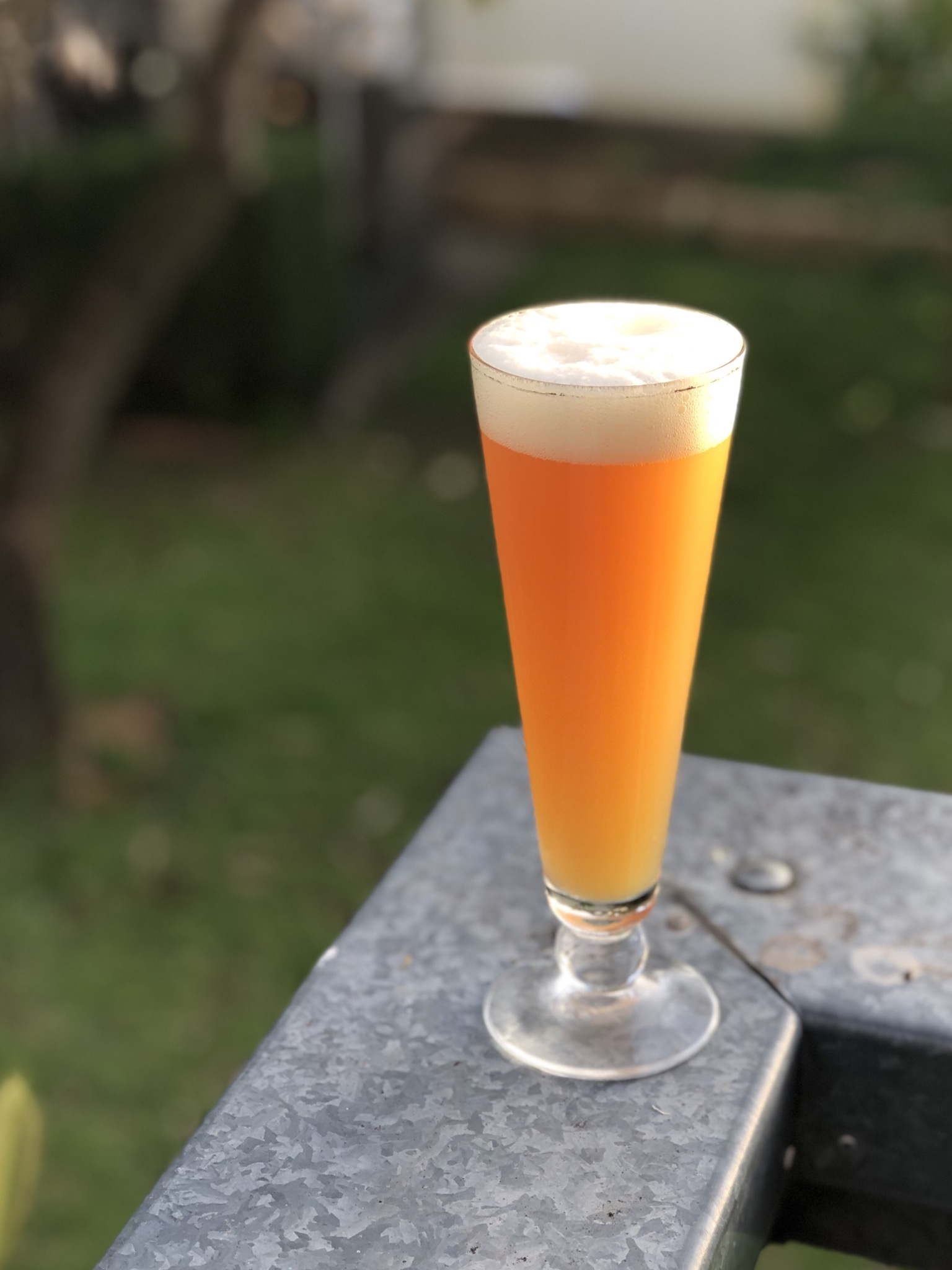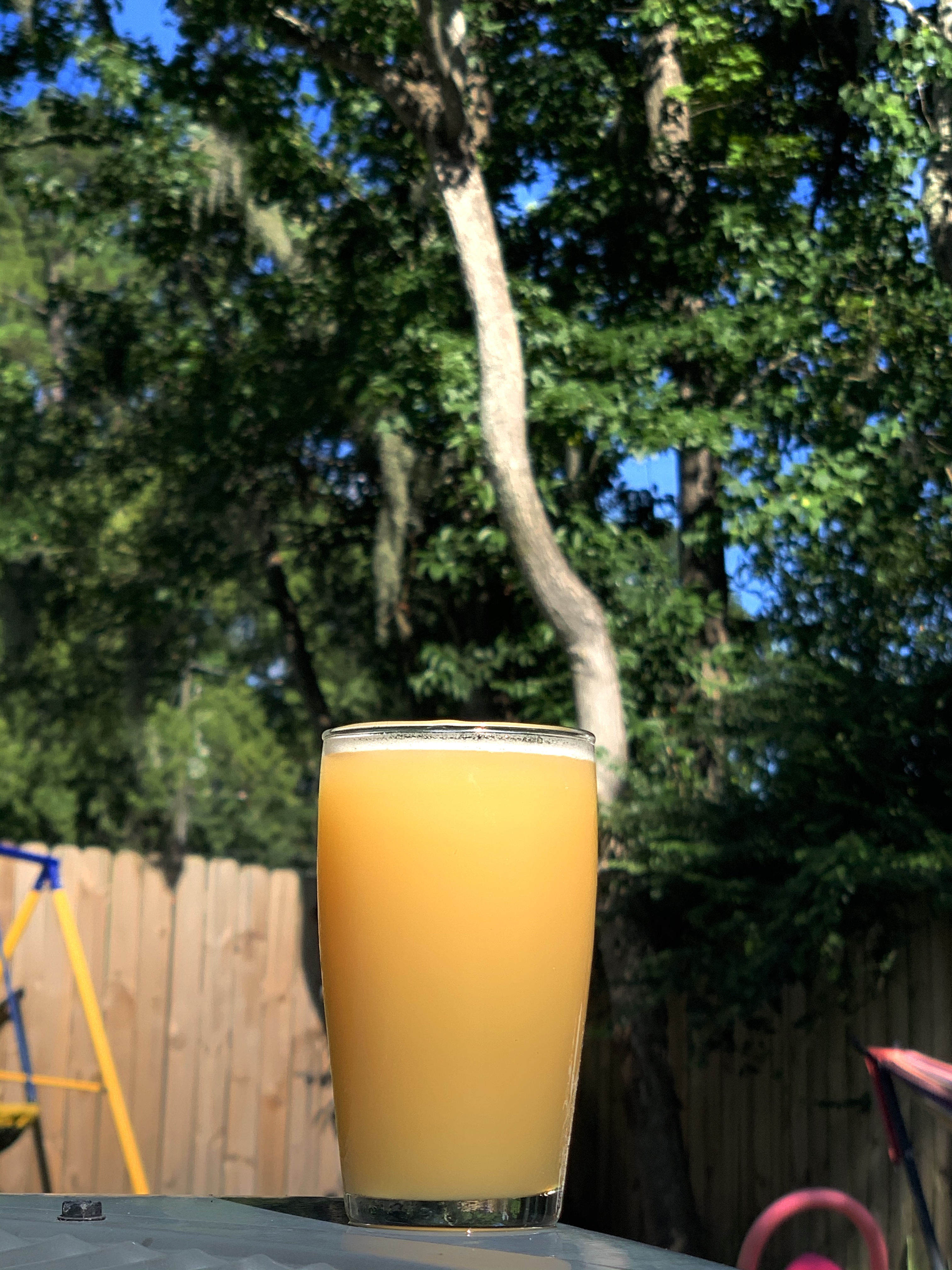MMP126
Lotsa Dude's Thumbs On Here...
How are you guys dealing with kettle trub for NEIPAs?
Last weekend I brewed my first attempt at a “real” NEIPA. This was also my 2nd brew on my new system using a 20 gal SS brewtech kettle (including the SS brewtech trub dam). After chilling I whirlpooled like crazy, let it settle for 25 min, but still had quite a lot of trub making its way into the fermenters… I guess this was due primarily to the high amount of hops used (approx. 1 oz/gal total hot-side hops). The first brew on this kettle was a more moderately hopped beer and I did not have such problems. Should I be concerned about this or should I not worry? I know there are different schools of thought regarding kettle trub. In my older system I believe I had always been quite successful at keeping most of the trub out of the fermenter, also for IPAs…That is why this is bothering me now a bit… a new system should be an improvement, not a regression. Thanks!
...by the way amazing thread, I learned a ton from you guys!!
I do the same as you, but I add a few steps.
1. I have a pump, so after I whirlpool, while getting down to ferm temperature, I pump the return into a SS hop spider I have. This collects A LOT, but not all of the hop particles. And it does clog, so I have to finagle it a bit to allow the wort to filter through.
2. When I transfer the wort to the fermenter, I run it through one of those funnels that has a strainer at the bottom of it.
Works well for me I think!




























![Craft A Brew - Safale BE-256 Yeast - Fermentis - Belgian Ale Dry Yeast - For Belgian & Strong Ales - Ingredients for Home Brewing - Beer Making Supplies - [3 Pack]](https://m.media-amazon.com/images/I/51bcKEwQmWL._SL500_.jpg)

































